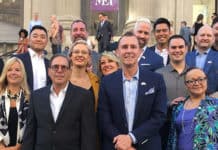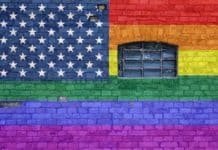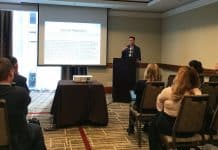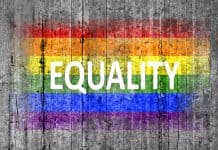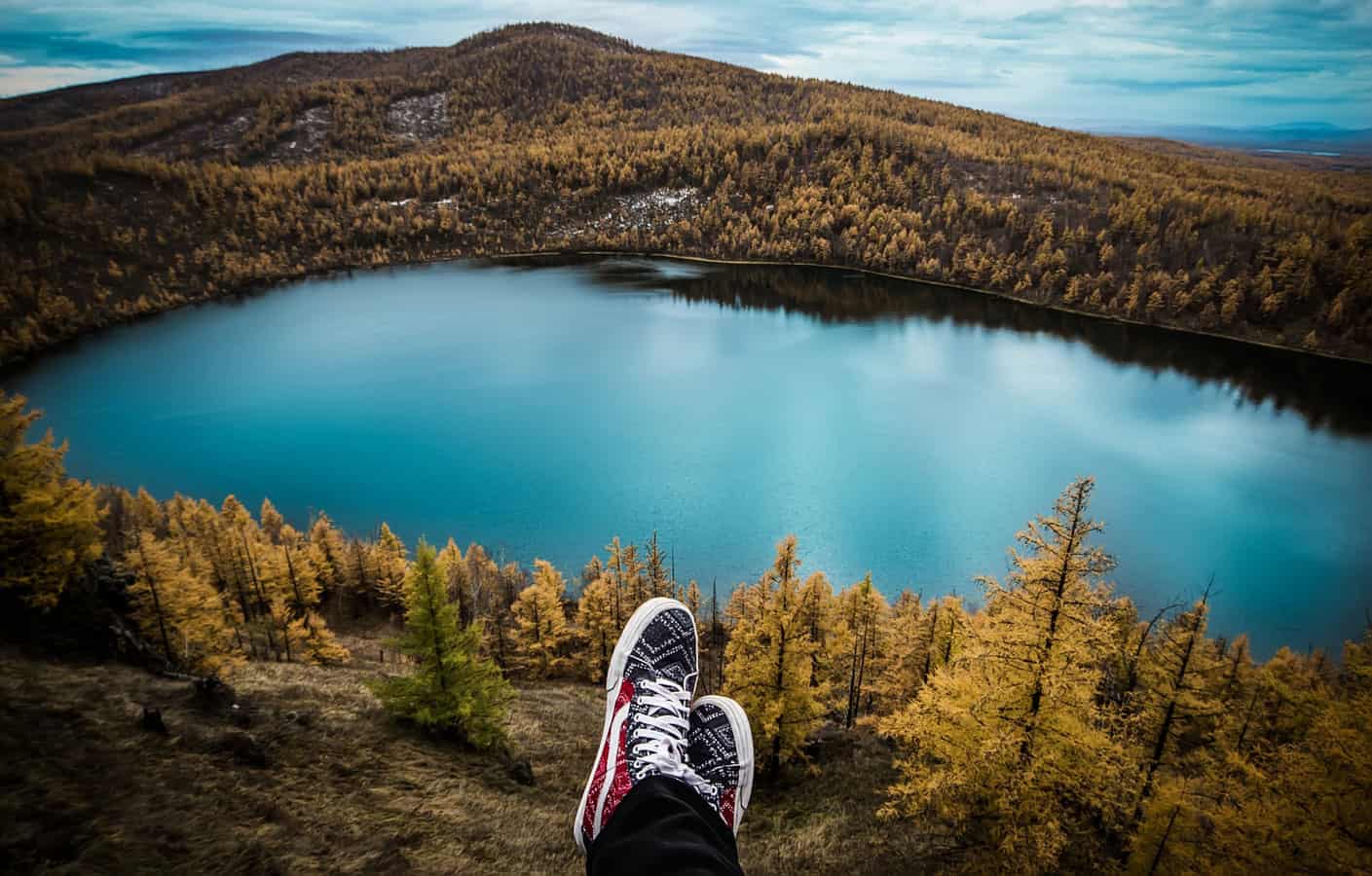 David Paisley is the senior research director with Community Marketing & Insights (CMI), which has been conducting LGBT (lesbian, gay, bisexual, transgender) market research and corporate training since 1992.
David Paisley is the senior research director with Community Marketing & Insights (CMI), which has been conducting LGBT (lesbian, gay, bisexual, transgender) market research and corporate training since 1992.
In this Shakedown, Paisley explains the latest findings about the LGBT tourism market from the 20th Annual LGBT Tourism & Hospitality survey released in late December 2015.
How big is the LGBT tourism market in the U.S., according to the latest survey?
The U.S. Department of Commerce found that the travel and tourism industry in the United States generated more than $1.5 trillion in economic output in 2014. Based on this data and on CMI sample demographics, we estimate that the annual economic impact of LGBT travelers is more than $75 billion per year in the U.S. alone, not including the value of international inbound LGBT travel.
Can you recap some of the key findings of the latest survey regarding destination and hotel company preferences?
The LGBT travel destination rankings remain largely unchanged from the year before. New York is again the most popular LGBT destination across all categories, followed by Los Angeles, San Francisco, Las Vegas and Chicago, which are all tightly grouped in second place. This survey ranking did see increases for Los Angeles as well as increases in Florida’s Miami, Fort Lauderdale and Orlando—all of which were ranked in the Top 10 destinations. And for the first time, Rehoboth Beach, Del., and Nashville, Tenn., entered our survey’s Top 20 destinations, which reflects an overall trend for a greater number and diversity of destinations involved in LGBT outreach.
The hotel brand awareness question has been asked in the annual survey since 2009. Marriott ranked No. 5 in 2009 and has risen to No. 1 in the latest survey, thanks to the company’s considerable focus in outreach to the LGBT community in recent years. Hilton, followed by Hyatt, are the second- and third-ranked brands.
What were some of the key findings regarding tourism bureaus?
Ninety percent of LGBT respondents said that the existence of LGBT information on a tourism bureau’s website makes them feel that the destination is LGBT friendly, and 86 percent said that a tourism website should offer a specific LGBT page of information and some same-sex imagery throughout the website. Only 10 percent indicated that LGBT sections on tourism bureau websites are no longer needed.
What key insights did the survey have regarding the meetings and events industry?
In many ways, LGBT meetings are a slice of the entire meetings industry. Almost every “mainstream” association has some LGBT equivalent. For example, meetings are held by the National Gay & Lesbian Chamber of Commerce, Reaching Out MBA LGBT Conference, International Gay Bowling Organization and the International Gay Rodeo Association. There are thousands of LGBT–specific meetings every year in the United States.
LGBT meeting planners do care about the LGBT–friendly reputation of hotels and destinations they choose for their meetings. When a company creates LGBT–welcoming policies and outreach, those efforts not only positively influence leisure travel, but also LGBT meetings. It should also be said that gay men and lesbians are also employed as meeting planners. The research points to LGBT–friendly reputation also influencing the decisions of LGBT meeting planners for all the meetings they represent, even though some of those events may not be LGBT-specific.



